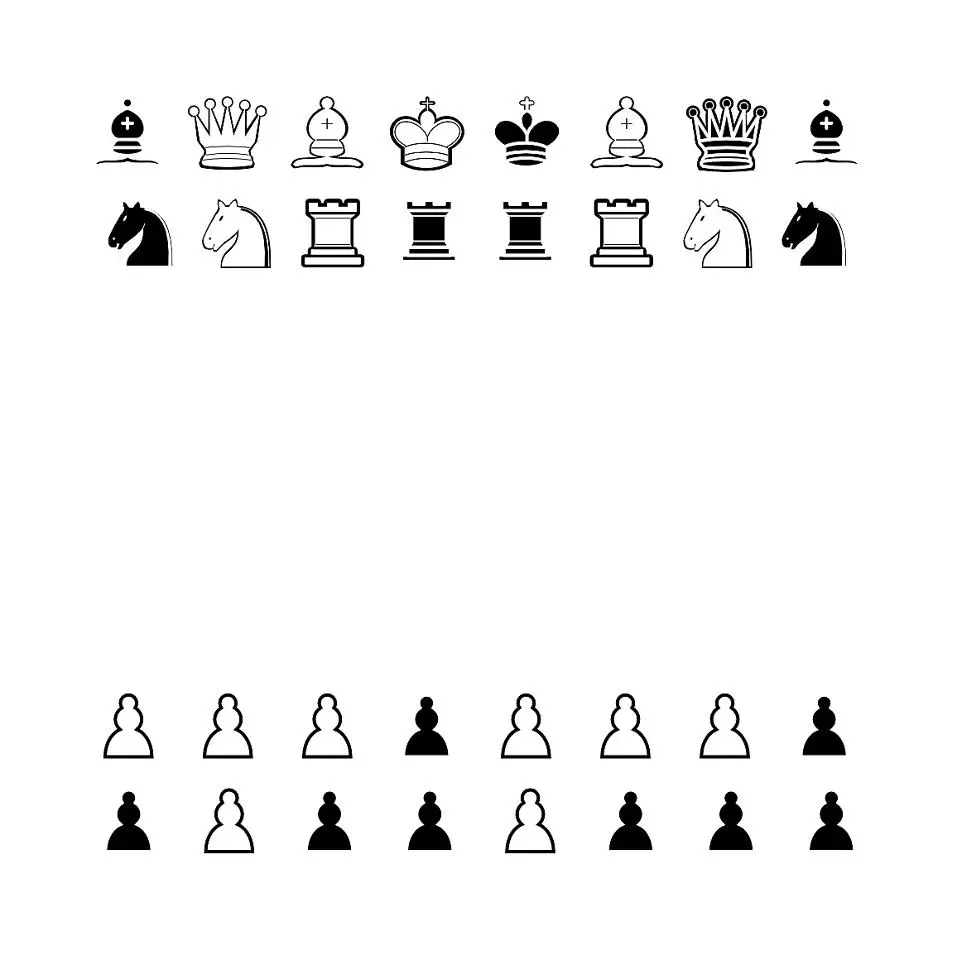I’ve been proudly using Lineage OS with microg on my phone for a while now, and while it wasn’t ideal, it was good for my daily use.
Now that i’m traveling, however, i really miss some important features, like a properly working geolocation service (i’m using the Mozilla one and it’s slow and buggy), and a proper navigator, sad to say that google maps works just too well for certain things like buses or trains.
Magic earth was okay till i moved with car, i could get a position on google maps and then get there with my car and the navigator was working good, however when i need to move by foot or transports is terrible, it takes 10 minutes to find your position approximatively, only working with mobile data, and it doesn’t follow you when you move…
So i found myself in some unhappy situations where i would need to rely on someone else’s phone to not get lost in a city or to call an uber to my right location. I also got lost when i needed to move only by walking. Of course you can get wherever you want with older methods, like asking to people or signs, but sometimes you just need quick solutions that are reliable.
Is there any real way to use gmaps unonimously except that with the containerized version that graphebe offers?
I do not really want to buy a Pixel and give google more money.
There is nothing anonymous about using Gmaps on Graphene nor any OS for that matter. If you install the app on your phone, Google will receive all your queries and what not.
You just have to get comfortable with planning ahead instead of just winging it and looking up directions on the go. I know there are times you will still get lost especially when traveling through a new area but you can mitigate the number of times you need to check the map by planning ahead.
OSMand is the only one with accurate public transit directions. Magic Earth does not provide all transit options.
Lastly, don’t worry about having to pay for a Google phone. It’s just a drop in the ocean and afterall it’s not your money they want. It’s your data.
Yeah but with graphene at least you can limit the permissions google maps has and treat the app like every other normal app, isolated and not able to grab informations if you’re not using it, i wonder if there’s a way to use it with an anonymous google account just like Aurora.
Yeah sure planning ahead helps, but it’s difficult when everyone else you are with has a different workflow or if something unexpected happens…
I will try osmand again for public transports, but the problem is sometimes with the mozilla geolocation services (default in lineage) you get your position after 10 minutes (or you just don’t get it sometimes) and it isn’t precise at all, in my experience it was working well with car but by foot it just can’t sort out where you are…
For the google phone it’s not just the thing of giving money to google, it’s also that i’m tired of phones you cannot unmount, change battery or other basic pieces like the screen, i would get a fairphone, but i’m not really sure the price is worth it.
The google maps app is a user level app with no priveilged permissions, Graphene or not.
App isolation (sanboxing) is part of AOSP for years now, its not specific to Graphene.
If you use it, you’re giving Google data, thats not escapable. Its up to you to decide if thats data you’re willing to give up or not.
I’ve replaced both Screens and batteries in Pixels over the years as well as Nexus’ before that. Incredibly easy to do. I put a battery in the Pixel 6 Pro I’m on right now last week, took about 20mins start to finish.
The false obsession with building phones like its a decade ago is marketing for things like Fairphone to create a niche so people will buy one off phones that 99% will never buy a replacement part for, or that want unreliable shit like SD cards or want to walk around with wired earbuds which almost nobody uses anymore. I’m all for right to repair, I’m not for keeping antiques alive to appease the 1%.
How do you sandbox google apps in android?
All apps are sandboxxed natively. Google apps aren’t any different than any other app, the only exception is normally the play services themselves, which is taken care of in Graphene. But remember many apps ARE allowed to communicate outside of their sandbox if its necessary to the functionality of the app, we wouldn’t have app interoperability otherwise. In the end, if you wouldn’t trust an app otherwise, dont install it just because of the sandboxing.
i don’t know how anonymous it is, but there’s GMaps WV
i use organic maps and keep that 👆 installed for occasional satellite images
It does work for maps, but doesn’t get your location so it’s not very good for navigation
Gmaps WV does use your location. It should prompt you to allow location when you tap the bullseye icon. It doesn’t do spoken turn by turn navigation, however.
Have you tried OSMand? I used it for navigation by foot and car, and in many cases it has equally nice public transport as gmaps. Otherwise I only use the local apps from each provider, so WienMobil and Scotty for Vienna/Austria for example, because google does not know about outages or disruptions in many cases. But that’s my experience in Europe, so your mileage may vary.
OSM is a lot dodgier in the US - and it doesn’t have live traffic, which is crucial in some cities.
I tried osmand, but was working even worse with finding my position and getting me to places
Sounds like gps problem, not osmand problem. Maybe your phone’s AGPS service is borked, forcing the phone to do full gps satellite fix, which can take a while especially if the sky is obstructed by buildings or heavy cloud cover.
Try clearing your AGPS data with this app: https://f-droid.org/en/packages/com.android.gpstest.osmdroid/
I love OSMAnd combined with BRouter to get better and much faster routing calculation.
Not sure what you mean with “Working worse with finding my position”.
Its just GPS, not something magical you have to horribly wait for.
Maybe your GPS isnt working well?some times the maps have the gps coords shifted
Honestly IMHO organicmaps is better than OSMand because it’s less cluttered.
You can’t use online maps anonymously. Even if you downloaded offline Google Maps, you cant trust Google not to upload your historical data the moment you get internet connection.
Organic Maps and Osmand+ work on Graphene without google play services and 100% offline.
deleted by creator
Worth looking into this
It’s used in e/os which is privacy based to be able to still access Google services on a “degoogled” device
I thought the sandboxed google play services on graphene was more private than micro g
They are in so far as they give you more control. You can restrict what play services has access to. But play services plus Google maps will still give out your location, your queries, and some phone identifier
More private in the sense of reducing the play services to a user level app, but its still Google. I’d go with and used the sandboxed play serviced myself because I want shit to work correctly, have my paid apps work, and most apps are going to at store license verification, even free ones, and from the security mindset, its the right move. Have you paid attention to all the rate limiting issues Aurora people have been having? Its basically useless.
deleted by creator
That’s actually a good option, but i guess i would need to install Gapps and google geolocation service too, is it possible inside shelter?
deleted by creator
deleted by creator
Yeah the web version is cool but it doesn’t give you the navigation and can’t find your position, usually i wouldsearch for a destination in webview and open it in another nav, but that doesn’t work well if you are by foot for example…
But that might actually be the case tho, because i don’t get any position without my cellphone data active (only with GPS it can’t find a position) that might explain why it gets so long sometimes.
Nice
Dont bother with graphene, project owner is a little crazy.
Aside from that being totally irrelevant, the “owner” doesnt develop it anymore, and you’re clearly not aware of his history. Feel free to mention an OS that even remote compares to Graphene from a security standpoint.










